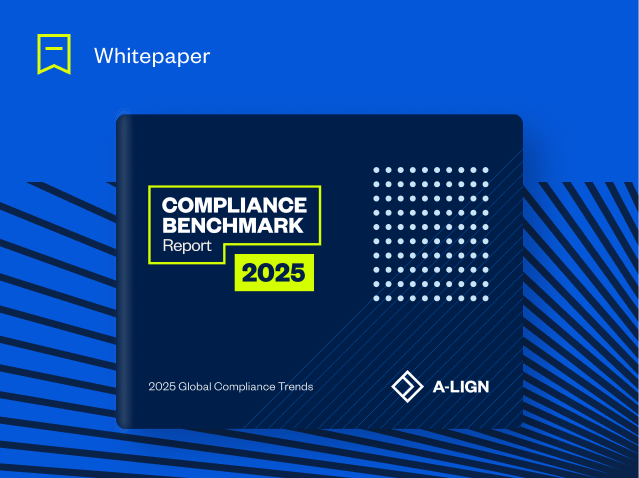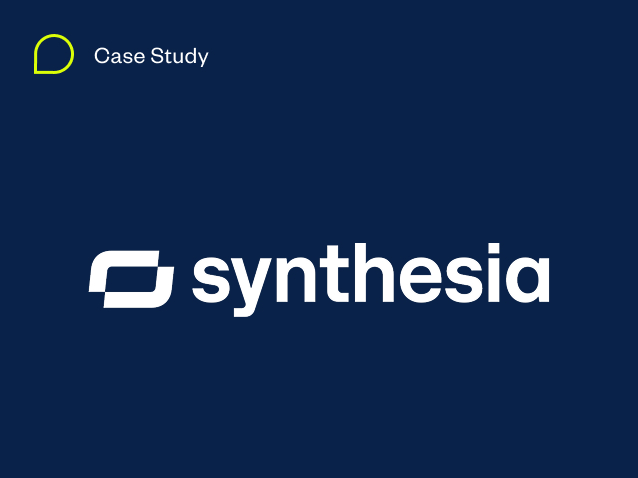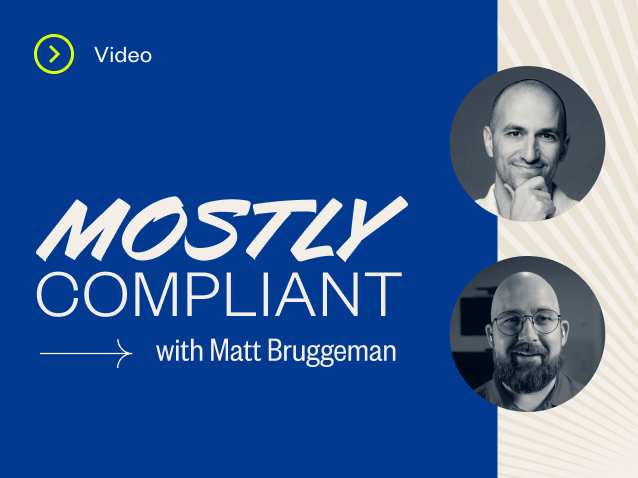Penetration Testing’s Crucial Role in SOC 2 Audits for Security Assessment & Risk Mitigation
Combining a penetration test with a SOC 2 audit is a powerful approach to strengthening an organization’s security measures. While a SOC 2 audit evaluates the controls and processes that safeguard customer data, a penetration test takes this evaluation a step further by actively identifying vulnerabilities and simulating real-world attack scenarios. Together, these methods provide a comprehensive view of security, ensuring compliance with the Trust Services Criteria (TSC) and highlighting areas for continuous improvement. Read on to learn about the benefits of this approach.
Comprehensive security assessment
A SOC 2 audit provides a structured evaluation of organizational controls that align with TSC requirements; however, it is limited to a top-down review of documentation and processes. A penetration test, on the other hand, complements this by simulating real-world cyberattacks. This hands-on approach identifies vulnerabilities and weaknesses that may not be apparent through standard audit procedures.
Penetration testing offers organizations a deeper understanding of where their security measures stand by uncovering gaps in safeguards like access controls, firewalls, or endpoint protection systems. For example, a misconfigured server might evade detection during a traditional SOC 2 review but could be identified during a penetration test. This dynamic assessment provides actionable insights, empowering organizations to address potential security risks before malicious actors exploit them.
Validation of security controls
Security controls are only as effective as their ability to withstand real-world threats. A penetration test provides a robust way to validate these controls by simulating attack scenarios against your organization’s systems. This active evaluation demonstrates how well your security measures perform under stress, offering tangible evidence of their effectiveness.
For instance, a penetration test might focus on evaluating how secure your network is against unauthorized access. If vulnerabilities are found during this test, it highlights areas where security controls need to be strengthened. Validation of controls also reassures customers, stakeholders, and partners that your organization is committed to protecting sensitive data and maintaining the highest security standards.
Additionally, this validation process ensures compliance with SOC 2’s TSC, reinforcing that your controls are not just well-documented but also operationally effective against potential security breaches.
Risk mitigation
Every organization faces the risk of cyberattacks and data breaches, but proactive measures like penetration testing can significantly reduce these risks. Unlike audits, which assess an organization’s adherence to established standards, penetration tests uncover specific vulnerabilities and allow organizations to prioritize risk remediation based on the likelihood and severity of potential exploits.
For example, a penetration test might reveal that a web application is vulnerable to SQL injection attacks. Identifying this issue early enables your organization to correct it, thereby preventing an attacker from exploiting it to access sensitive data. Similarly, if a test uncovers inadequate encryption settings, immediate adjustments can be made to neutralize the threat.
By addressing these vulnerabilities, organizations can reduce the likelihood of costly incidents that could disrupt operations, damage customer trust, or lead to regulatory penalties. Risk mitigation through penetration testing also demonstrates a forward-thinking approach to security, showcasing your organization’s commitment to staying ahead of cyber threats.
Compliance with Trust Services Criteria
Several of SOC 2’s Trust Services Criteria align closely with outcomes that can be achieved through penetration testing. Performing a penetration test helps organizations meet these criteria by providing real-world evidence of their security measures. Here’s how it aligns with specific TSC components:
- Security: Penetration tests assess critical areas such as access controls, network protections, and defenses against malware, addressing the fundamental security pillar of SOC 2.
- Availability: By evaluating the resilience and availability of systems, penetration tests identify potential weaknesses that could lead to downtime or service disruptions.
- Confidentiality: Tests scrutinize data protection mechanisms, identifying vulnerabilities that could compromise the confidentiality of sensitive information.
- Processing Integrity: Penetration tests uncover issues that could impact the accuracy, completeness, or timeliness of data processing, ensuring operational integrity.
- Privacy: The assessments also reinforce privacy controls, ensuring personal information is protected from unauthorized access or exposure.
Achieving compliance with these criteria not only fulfills audit requirements but also signals to customers and stakeholders that your organization is committed to safeguarding data and delivering quality services.
Driving continuous improvement
Penetration testing is not a one-time activity—it plays a pivotal role in fostering a culture of continuous improvement within your organization. The insights gleaned from penetration testing reports go beyond identifying vulnerabilities; they also inform longer-term strategies for enhancing your security posture.
For instance, a recurring penetration test might show patterns in vulnerabilities, such as repeated weaknesses in web-facing applications. This information allows your organization to implement targeted training for developers or adjust coding best practices to prevent similar issues in the future. Penetration tests also encourage organizations to stay updated on evolving threats, ensuring security measures remain relevant in the face of changing cyber risks.
By making penetration testing a regular part of your security strategy, your organization can proactively adapt to new challenges, maintain compliance, and continuously build trust with customers and partners.
The performance-driven advantage
The integration of penetration testing with SOC 2 audits offers a performance-driven approach to enterprise security. It ensures that your controls are not just compliant on paper but effective against real-world threats. Whether it’s strengthening defenses, mitigating risk, or meeting regulatory expectations, this combination empowers organizations to optimize their security strategies and protect their most valuable assets.
If your organization is considering a SOC 2 audit, incorporating penetration testing into the process is no longer optional—it is a necessity. Together, these tools provide a comprehensive assessment of your organization’s security measures, helping you stay ahead of threats, achieve compliance, and continuously improve. Contact A-LIGN today to get started.





